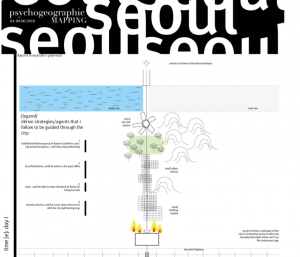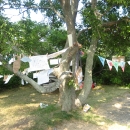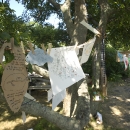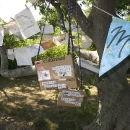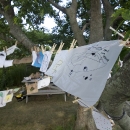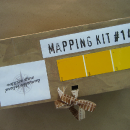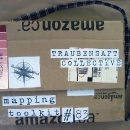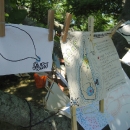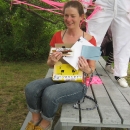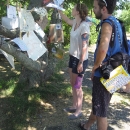Archive for the 'reference' Category
I’ve been reading this travel book, about the concept of Dreamtime in Aboriginal culture in Australia, and the connection between narrative and geography. It’s difficult to summarize the idea (I’m about two-thirds of the way through the book), but the Dreamtime is a creation story: all the creatures (animal and human ancestors) came up from underground and moved through the land, meeting each other and fighting and having adventures. Their stories made the landscape, and the landscape shows the stories (so for instance where a there’s a canyon or sinkhole it might be where one of the ancestors dug into the ground to escape a fight)… Each story is called a Dreaming, and each member of the culture learns the dreaming and can sing it as a song. The songlines cover the entire landscape, and they transcend the various languages of the continent because the melody of the song tells the story (for example, long slow notes could mean footfalls across salt-flats)– you hear the story in the song. The songs are sacred, and by singing them the land is also made (I think– this part is confusing). The land must be sung to exist. The Dreamings and the relationship between land and story are THE central belief in Aboriginal Culture. I’m not sure if I read it in the book, or elsewhere, but the idea of the Dreamings and Dreamtime are as important to the culture as the notion that you can own material possessions is to Western culture…

I like this sound map (actually it’s a poem by Edwind Morgan): how the names of the bird make the shape of the island. I think we could do texture maps in the same way.
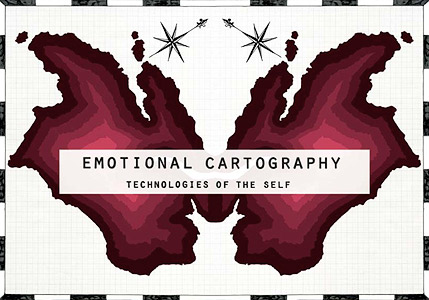
Emotional Cartography is a collection of essays from artists, designers, psychogeographers, cultural researchers, futurologists and neuroscientists, brought together by Christian Nold, to explore the political, social and cultural implications of visualising intimate biometric data and emotional experiences using technology. PDF
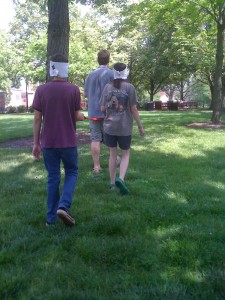
http://mappingweirdstuff.wordpress.com/
From a short course on psychogeography mapping.
Lots of stuff on thinking about taste maps and smell maps… I like the idea of mapping with different senses, and giving up a sense. Blindfold could be part of the kit?
Also a book/site called mythogeography, with some suggestions for “drift”
http://www.mythogeography.com/2009/11/b6.html


